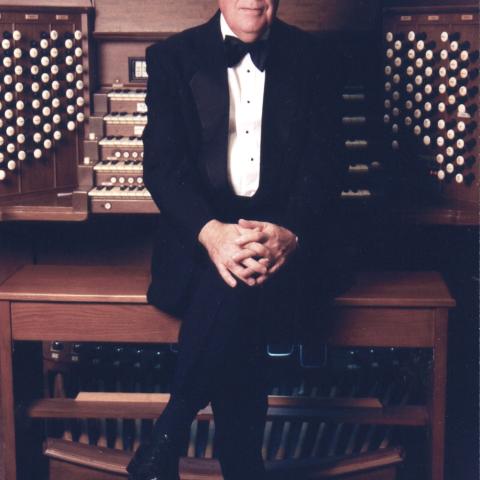ORGANLive, an internet broadcast station dedicated to the music of the classical organ, went online in August of this year. Listeners with any speed internet connection can hear a varied selection of organ music 24 hours a day through their computer's sound system. There is no cost to listen to ORGANLive, which not only plays music recorded by great concert organists of the past century, but also of individuals who contribute recordings to the station. During the week feature broadcasts of large works can be heard, and other such focus programs are scheduled for later in the year, all contributed by organ enthusiasts from around the world. The station is made possible through the generous donations of organ companies, individuals, and organizations who wish to see the station kept open and available to the public, and the volunteer staff that keeps the station running. Music played on ORGANLive comes from publishing companies, organ builders, concert organists, and church organists that want to have their recordings heard. To listen to ORGANLive, or for more information about sponsorships, or having recordings played on the station, visit the station website at www.organlive.com.
Internet broadcast station ORGANLive is available online
Brent Johnson



